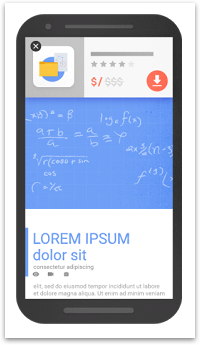Should you use Pop-ups on your Website?
Pop-ups work when done right. But they can also be really annoying and ruin your user experience. How do you get the right balance?
1. BE CAREFUL NOT TO IRRITATE YOUR VISITORS
We’ve all visited those websites where you can’t even get to the content of the site because you’re bombarded with things that are fully or partially taking over the screen? It’s pretty standard to have some or all of these appear before you can read the main headline on the site:
- A cookies notice
- A chatbot or live chat
- Signup for our email pop-up
- A “we’d like to use your location” notice from the browser
That’s a lot to deal with and totally impacts your visitors’ first impressions, it might even annoy them enough to leave.
Here’s a couple of questions:
- Do the pop-ups all need to appear within the first few moments of arriving on the site? Pop-ups can be scheduled to appear after the visitor has had a chance to read some of your page and sometimes there is a page more suitable than the home page for them to appear. Also, think about the action that causes the pop-up to appear, sometimes leaving the site is more appropriate than arriving on it.
- What does it look like on a phone? With small screens, there is a chance that your visitor really can’t see much, even after they close the legal notices. Be sure these are set so that visitors don’t see them on every visit.
DON’T USE MOBILE POP-UPS THAT COVER THE SCREEN
Mobile devices are the most used for Google searches and Google favours websites that provide a better experience on small screens.
These are the guidelines:
- The pop-up cannot cover the main content, either immediately after the user navigates to a page from the search results, or while they are looking through the page.
- Displaying a standalone pop-up that the user has to dismiss before accessing the main content.
- Using a layout where the “above-the-fold” portion of the page (what you see before you have to scroll) appears as though it was a pop-up with the actual content lower on the page, forcing you to get past what looks like an ad.
Your website’s mobile SEO rankings can drop if you don’t follow the guidelines.
This is the format for mobile that Google prefers.

TIME YOUR POP-UPS TO BE HELPFUL
Before you line up a pop-up, consider whether it’s relevant to the visitor and at what point of their experience on your site is it most relevant. If a visitor has just arrived on your website, they probably don’t know if they want your free offer yet.
Try presenting a pop-up based on some rules, such as:
- Don’t show the pop-up on all pages
- Show the pop-up after they’ve either scrolled down the home page, or after being on a page long enough to read some of the content.
- Only show the pop-up one or two times
- Don’t keep showing the pop-up if they’ve taken the action, eg they already signed up for your newsletter
CHOOSE POP-UP PLACEMENT CAREFULLY
You wouldn’t be using a pop-up if you didn’t want it to attract attention but place it somewhere that doesn’t stop the visitor from getting to the content they really want.
- Top banner
- Appear in the bottom right corner
- Center of the screen, but doesn’t take over the entire screen without an obvious way to get out of it.
